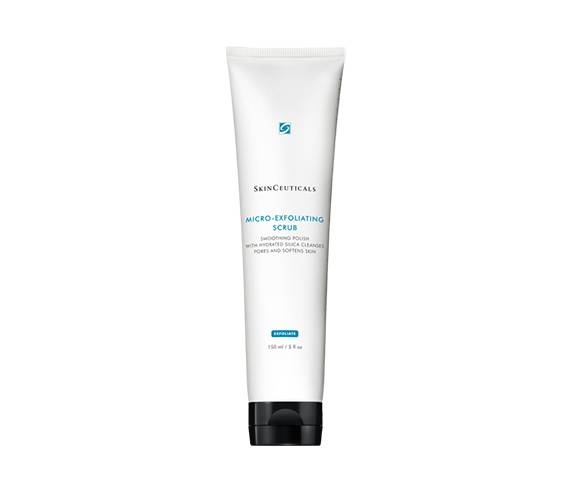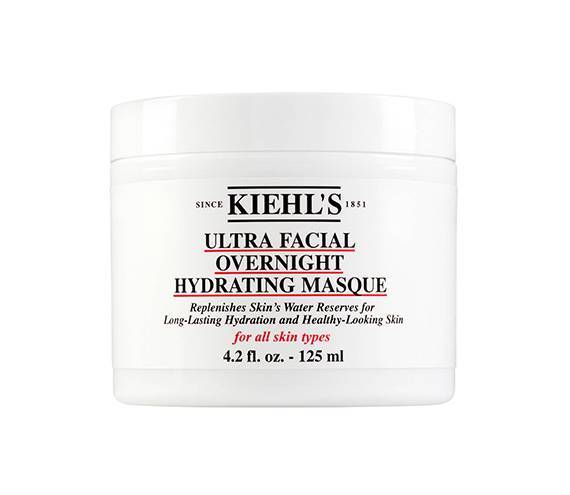The Dermatologist-Approved Nighttime Skin-Care Routine You Need to Try
June 19, 2020When nighttime rolls around, we all have our go-to rituals, whether it be cozying up with a great book, watching TV, or in our case, reaching for our favorite nighttime skin-care products. As you enjoy your beauty sleep, your skin works to repair and renew itself, and by applying skin-care products to target your key concerns before catching those Zzz’s you set your skin up for success.
So what does an ideal nighttime skin-care regimen look like? We asked board-certified dermatologist and Skincare.com consultant Dr. Dendy Engelman to share the five steps that are musts in her nightly skin routine.
Steps #1 and #2: Cleanse — Twice
You’ve probably heard about the popular K-beauty ritual of double-cleansing. This face-washing method is a great practice to incorporate into your nighttime skin-care routine to help ensure that all dirt, makeup and impurities have been removed from the skin’s surface.
“In the evening, it’s all about removing the day’s makeup and dirt from your face,” Dr. Engelman explains. To do so, she follows a double-cleansing ritual every night. “Step one involves removing the day's cream, makeup and dirt with a nutrient-rich towelette,” she says. Makeup-removing wipes are an easy, no-fuss way to remove impurities on the surface of the skin in a pinch. We love the Garnier SkinActive Makeup Remover Micellar Cleansing Wipes, which make skin feel instantly refreshed.
Step two involves cleansing with a liquid formula. “Next, help draw out excess sebum and additional impurities by using a gentle oil cleanser and lukewarm water,” Dr. Engelman advises. Why oil, you ask? Most oil cleansers can gently melt away impurities like makeup without drying out your skin.

Step #3: Exfoliate Regularly
After double cleansing, Dr. Engelman reaches for a gentle exfoliator when her skin is feeling dull. “The complexion looks radiant when it’s smooth enough to reflect light,” she explains, “But when dead surface cells pile up, those layers can diffuse that light and make the skin appear dull.” Exfoliating regularly (two to three times per week is sufficient) can help buff away dead skin cells to promote a glowing, smooth complexion.
The SkinCeuticals Micro-Exfoliating Scrub is our pick because of its mild formula that polishes skin without dehydrating it.
Editor’s note: If you have sensitive skin, be sure to choose an exfoliating formula that is suitable for your skin type. When in doubt, talk to your dermatologist or a skin-care specialist.

Step #4: Apply Serum
Next, Dr. Engelman reaches for an anti-aging serum that’s formulated to help prevent and correct the appearance of fine lines and wrinkles, while improving the texture and tone of the complexion. She follows up with a prescription retinoid. “These vitamin A derivatives are the ultimate multi-taskers,” she explains.
If you’re curious about retinols and want to incorporate one into your nightly routine, be sure to talk to your dermatologist first to ensure you’re a good candidate. Once you get the go-ahead, we like the CeraVe Anti-Aging Retinol Serum, for its effective yet non-irritating formula.
When using retinol, start at a lower concentration and slowly increase it to build your skin’s tolerance. Start by using retinol once or twice a week and gradually build up the frequency as needed to every other day, or every night. Just be sure to apply a broad-spectrum sunscreen every morning because retinol can cause skin sensitivity to sunlight.

Step #4: Hydrate Your Skin
After cleansing, exfoliating and applying your favorite serums, it’s time to hydrate your skin. “The skin can lose a lot of water while you sleep,” Dr. Engelman says, “So, I like to use hydrating products that are specifically formulated for overnight use, like an overnight mask.” With so many product formulations out there designed to target specific skin types and concerns at every price point, there’s bound to be a moisturizer match for you.
The Kiehl’s Ultra Facial Overnight Hydrating Mask has a nourishing formula that benefits all skin types.

Read More:
What Is a Microneedling Patch and What Can It Do for Your Skin?
5 Post-Sun Skin-Care Tips to Try
7 Products to Detoxify and Minimize Clogged Pores


